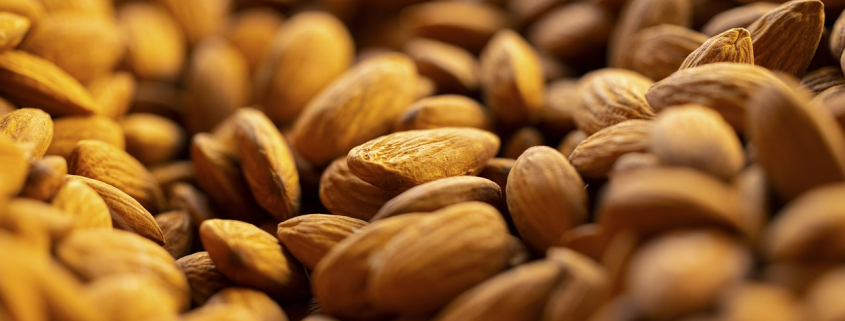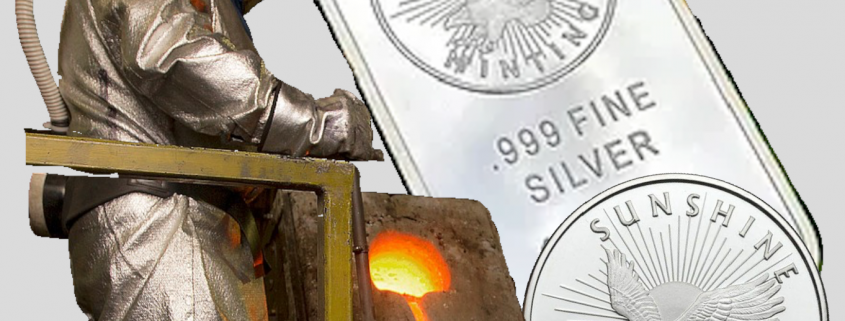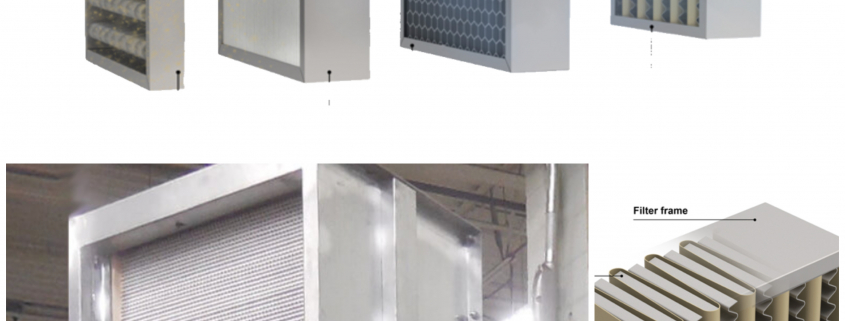Antecedentes
Sunshine Minting, a global supplier and processor of precious metals, was looking to upgrade their dust collection system to support new melt lines and future expansion. Their existing small collectors were inadequate for the increased capacity and airflow requirements.
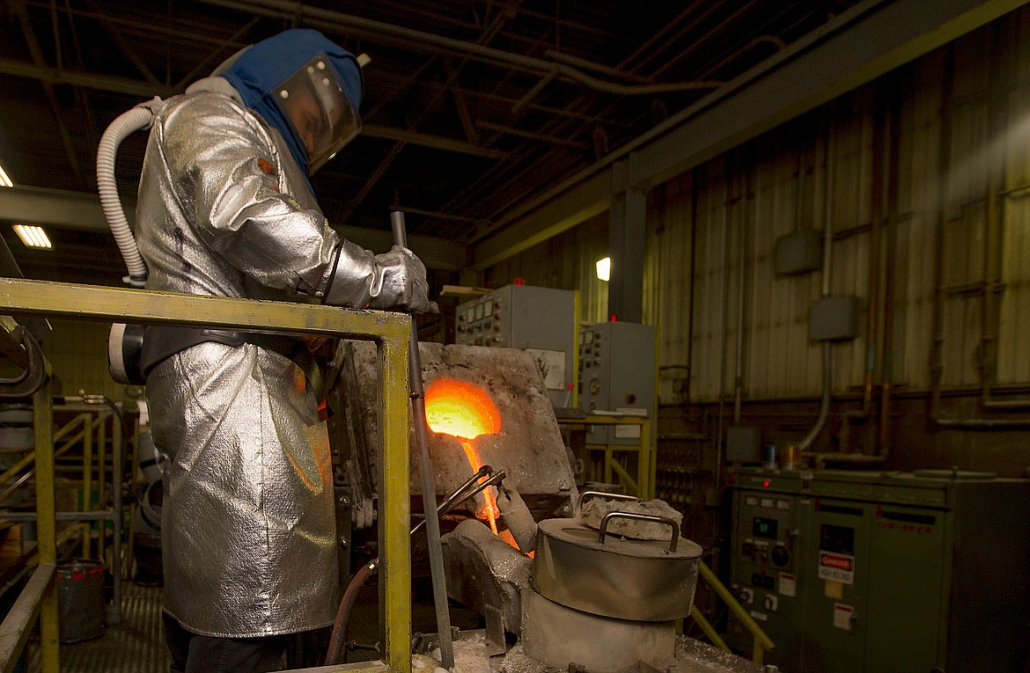
Scope of Work
Sunshine Minting needed a dust collection solution with sufficient capacity and airflow to handle their expanding operations. Additionally, they required improvements in ductwork to connect both new and existing processes to the new system. A spark trap was necessary to mitigate the fire risk from sparks traveling through the ductwork into the collector. Additionally, flame resistant filters were used for extra protection.
solución
Baghouse.com responded to Sunshine Minting’s needs by dispatching a technician for an on-site inspection. The technician documented the facility layout, the proposed location for the new collector, and the new ductwork configuration. Following this, we installed an ACT 4-48 cartridge collector con a 20,000 CFM fan, a 50 HP motor, and a VFD control panel. A Boss Products Raptor Shield 22″ spark arrestor was also installed, along with connecting ductwork throughout the facility. The turnkey installation included programming of the VFD and airflow measurements to confirm adequate airflow and pressure at pickups and ducts.
What is a VFD? It stands for Variable Frequency Drive, and is a type of fan controller. A VFD allows the user to run their dust collector fan at a lower or higher rate to manage performance. Rather than simply flipping a switch and running your fan at full speed (think 40kW per hour), the fan motor will run at a lower rate, saving significant energy costs in the long run.
Installation Challenges
Placing the new collector and fan without interfering with existing condensers and other equipment was a challenge. To overcome this, the inlet duct was routed up and over the area, and the fan exhaust was directed away from the facility as requested by the customer. These minor layout modifications are common and easily accomplished with a proper design and layout review.
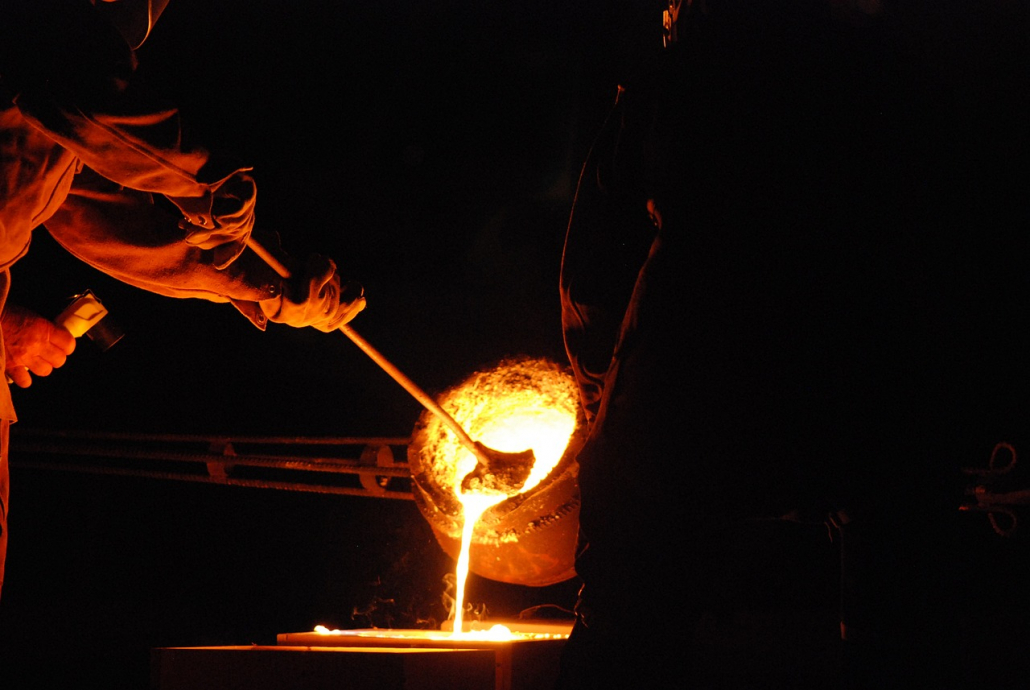
Outcome
The installation of the modern cartridge-style collector has provided Sunshine Minting with sufficient fan and filter capacity for current processes, and extra capacity for future expansion. The VFD controller on the fan improves power efficiency and allows for easy adjustment to accommodate future changes. The MERV 15 rated nano media filters, upgraded with flame retardant treatment, ensure maximum safety from sparks or hot coals.
Sunshine Minting now enjoys enhanced dust collection efficiency and safety, with the system’s additional capacity supporting their ongoing and future operational growth. The improved power efficiency and safety features represent a significant upgrade from their previous setup.
Conclusión
Baghouse.com successfully addressed Sunshine Minting’s dust collection needs with a comprehensive solution that supports their expanded operations and future growth, enhancing both safety and efficiency in their facility.
Would you like to know how a technical inspection and a system report al Baghouse.com could improve the efficiency of your operations?
Talk now with one of our baghouse experts for more information!
In the search for cleaner indoor air, many industries face the challenge of maintaining optimal air quality within their facilities. One effective solution is incorporating a dust collection system equipped with a High Efficiency Particulate Air (HEPA) after-filter. Let’s review some of the most frequent questions regarding this type of filter.

Question: How Is a HEPA filter made?
Answer: HEPA filters are made from polyester, polypropylene, or fiberglass fibers that are tightly interlaced with diameters of less than one micron. The fibers are twisted, turned, scattered, and randomly placed in different directions to create a mesh maze without a straight through path. The openings between the fibers are smaller than a half micron, which is why HEPA filters can catch particles smaller than 0.3 microns.
Question: How Does a HEPA After-Filter Work?
Answer: When a dust collector draws in dirty air and dust particles, the primary filters capture larger particles while allowing cleaner air to pass through. However, ultrafine particulates may still escape through the primary filters. Here’s where the HEPA after-filter comes into play. Positioned on the clean air side of the unit, the HEPA after-filter acts as a secondary filtration stage, capturing even the tiniest microscopic particles before the air is returned to the facility.

Question: How is a HEPA filter different from regular filters?
Answer: The main difference between a HEPA filter is that it is made of thin fibers of glass and activated carbon-based materials. Regular filters are made of porous materials like cotton, paper sheets or polyester. Most importantly, HEPA filters offer much higher filtration efficiency (MERV 16 or higher) compared to a standard fabric filter.
Question: ¿Cuándo necesito un filtro HEPA?
Answer: Considera incorporar un filtro HEPA posterior en los siguientes escenarios:
- — Si tu proceso genera partículas finas que representan riesgos para la salud o pueden contaminar productos.
- — Cuando las normativas o los estándares industriales exigen una calidad de aire excepcionalmente alta.
- — Si el polvo recolectado contiene materiales peligrosos, alérgenos o carcinógenos.
- — Cuando se busca recircular aire filtrado de vuelta a la instalación, lo que requiere aire más limpio para mejorar la calidad del aire interior.
Question: Does a HEPA After-Filter Help Against COVID-19?
Answer: Yes. By incorporating a HEPA after-filter into your dust collection system, you can significantly reduce the risk of airborne transmission of the virus within your facility. While other safety measures like social distancing and mask-wearing are essential, purifying the air with a HEPA filter adds an extra layer of protection.

Question: What Does it Cost to Add a HEPA After-Filter?
Answer: First, the size and quantity of HEPA filters for your system will depend on the airflow of your system. Each HEPA filter is sized for a specific airflow, and multiple filters may be required to meet the required airflow and static pressure requirements of your system. Once the quantity, size, and type of HEPA filter is determined, a HEPA filter housing is needed to house the filters, along with ductwork to connect your HEPA filters to your existing dust collection system, and route clean air to the desired location. A Baghouse.com dust collection specialist can help you size and spec out a HEPA after-filter and provide a quote for your project.
In conclusion, a HEPA after-filter serves as a powerful ally in the ongoing battle for cleaner indoor air quality, particularly in industrial settings. Baghouse.com can provide expert guidance in selecting the right HEPA filter and offer comprehensive support from installation to maintenance.
Do you have any additional questions regarding the HEPA filters? Contact us today to discover how we can enhance your dust collection system with HEPA filtration.
Habla con uno de nuestros expertos en recolectores de polvo
Para obtener más capacitación e información relacionada con colectores de polvo, asegúrese de visitar nuestra página de Baghouse Training haciendo click aquí.
Contáctenos
Dirección: 3172 N. Rainbow Blvd. Unit #5105 (Zip: 89108)
Las Vegas, Nevada, Estados Unidos
Teléfono: (702) 848-3990
DESCUBRE NUESTRAS SOLUCIONES
Acerca de Baghouse.com
Baghouse.com es un fabricante líder en sistemas y equipos de colección de polvo tipo baghouse, con más de 40 años de experiencia sirviendo a una amplia variedad industrias.

